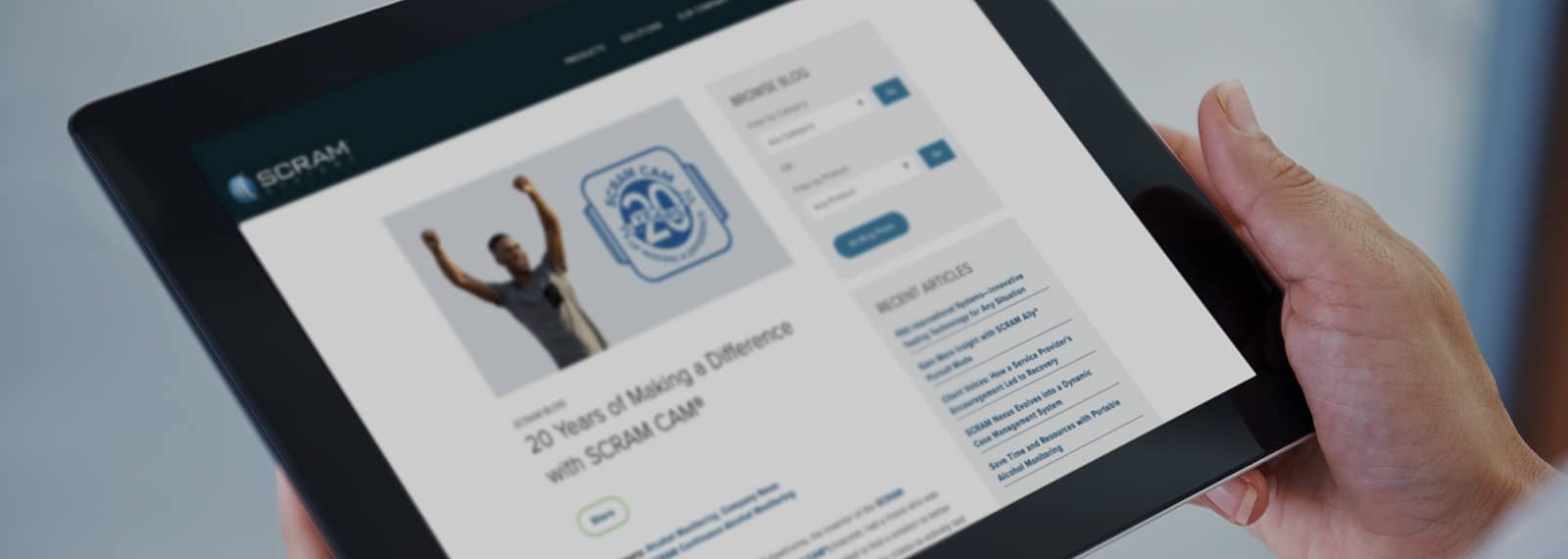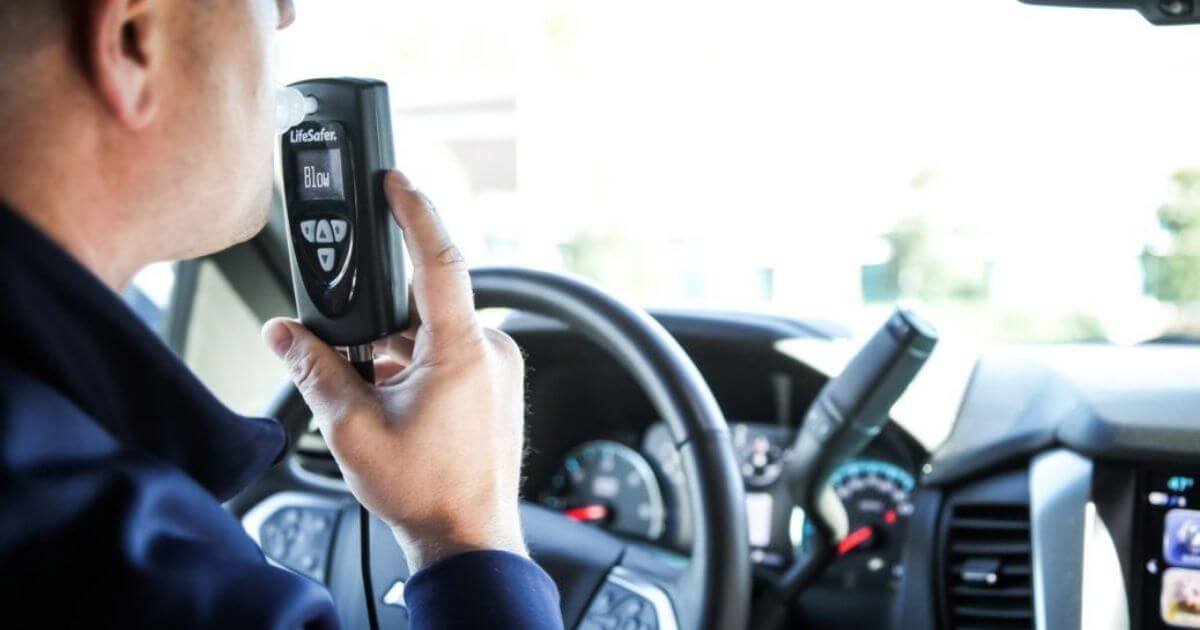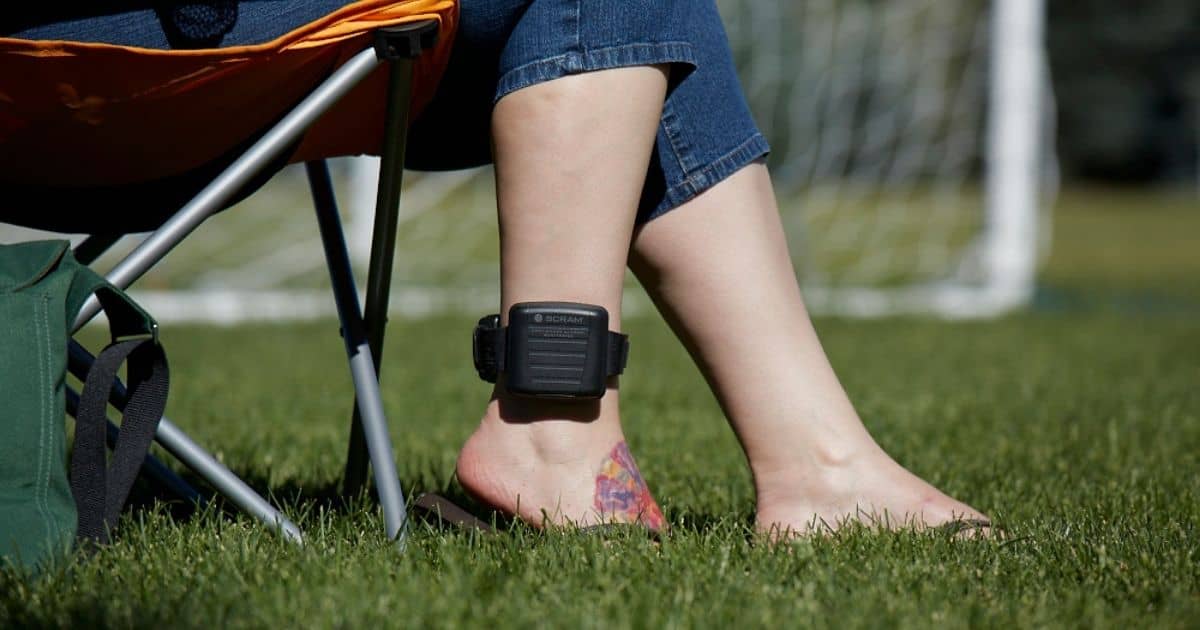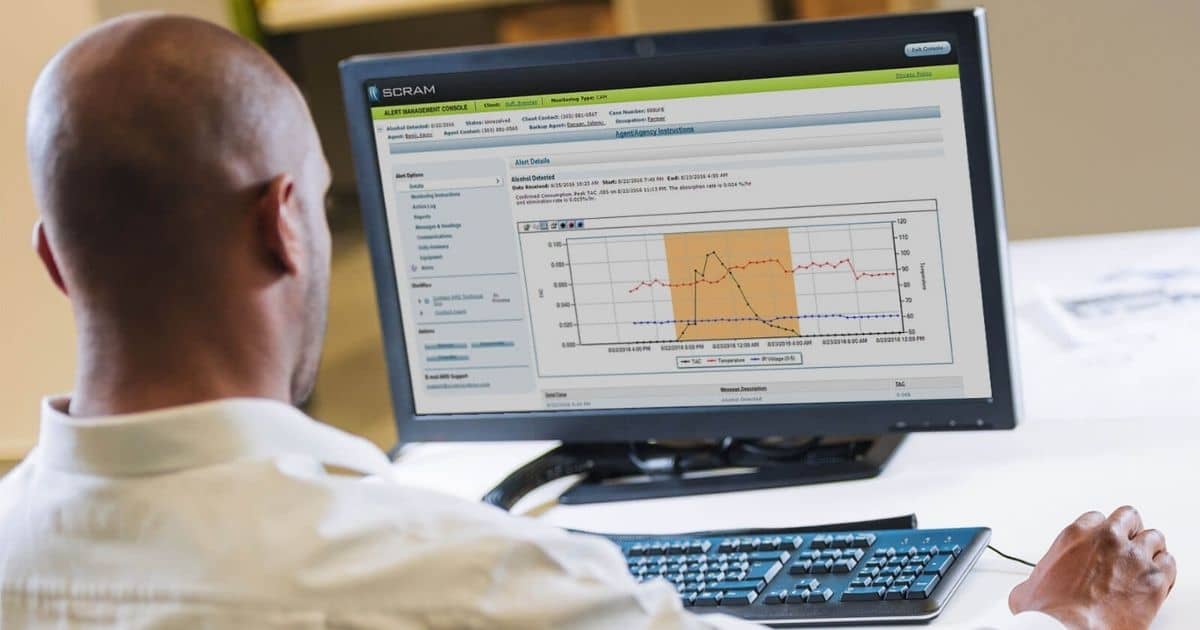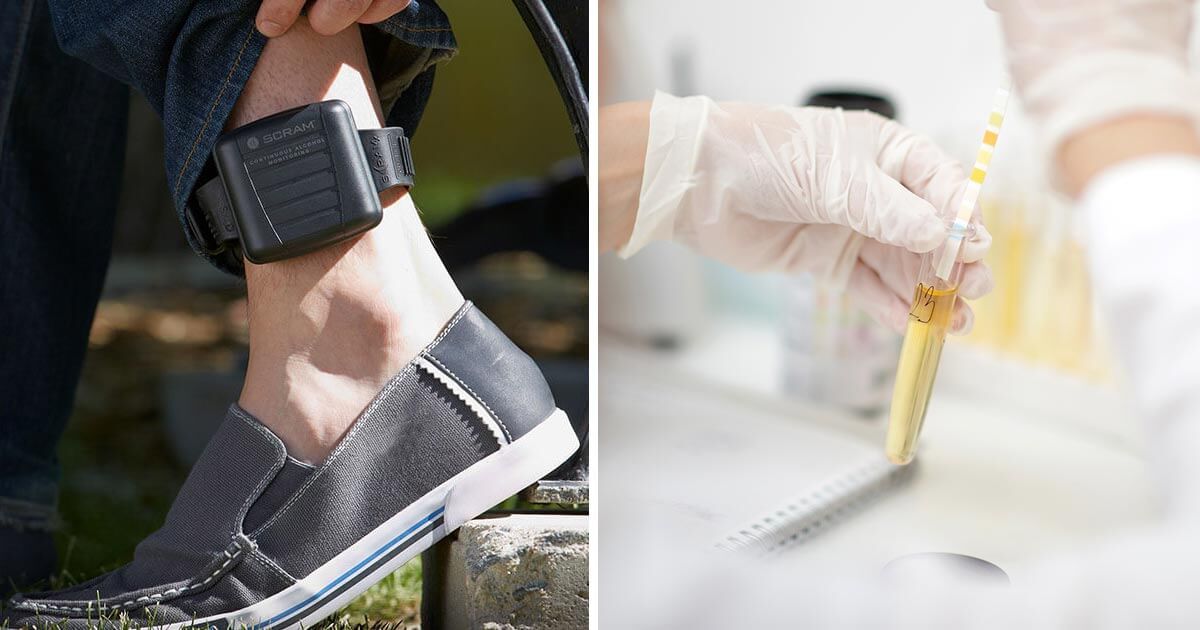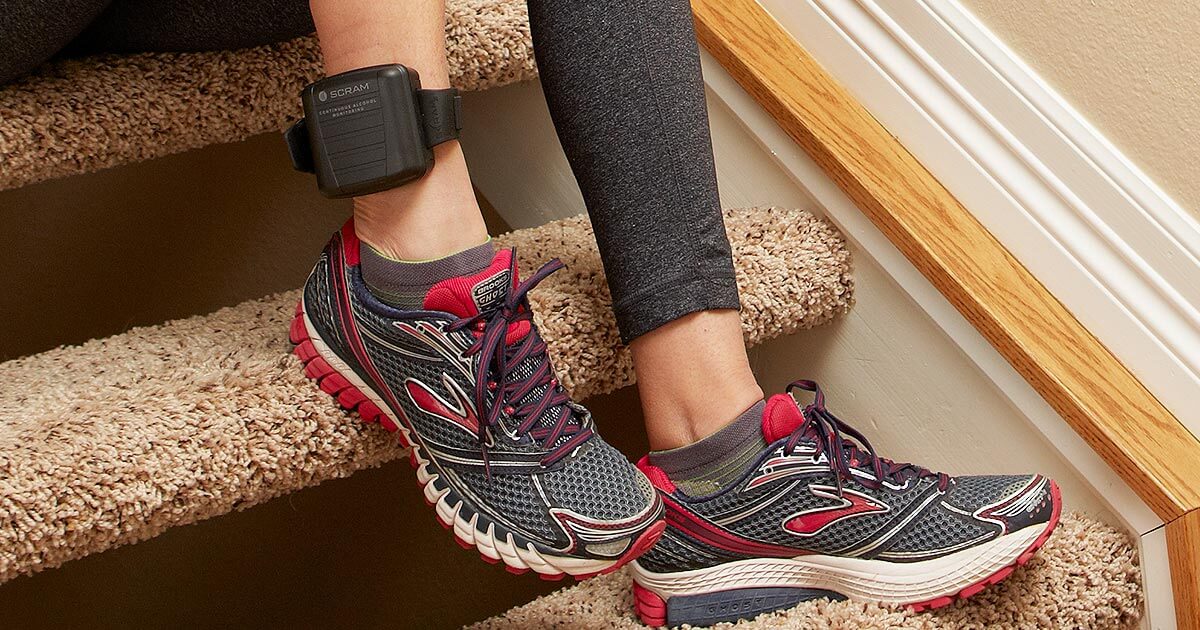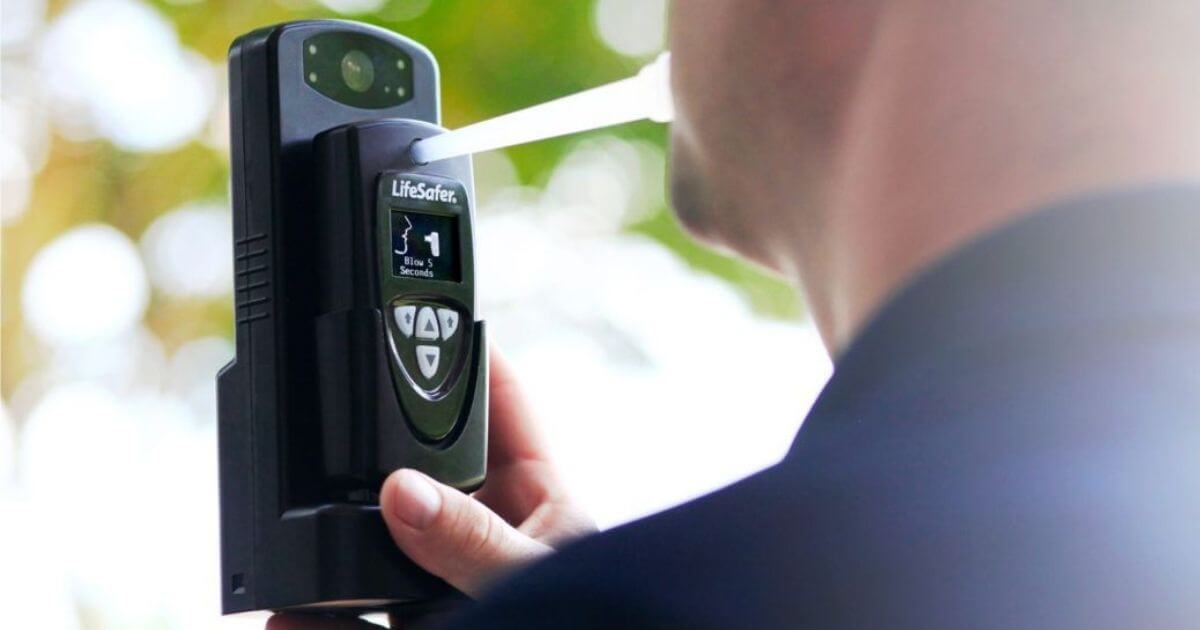
Save Time and Resources with Portable Alcohol Monitoring
Many courts and community corrections agencies consistently feel the pressure of casework overload. Efficient alcohol testing and monitoring is a crucial factor in reducing case backlogs and can provide more time for quality client interaction. Accurate and reliable alcohol testing technology is the key to saving time and resources, and portable alcohol monitoring is at the top of the list.

